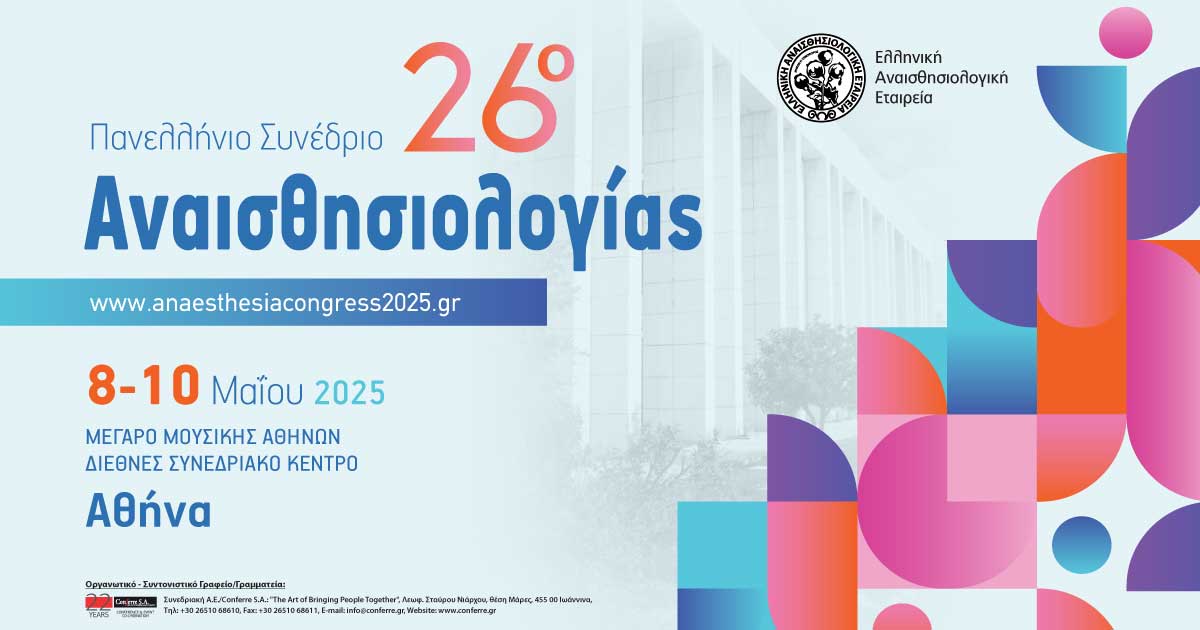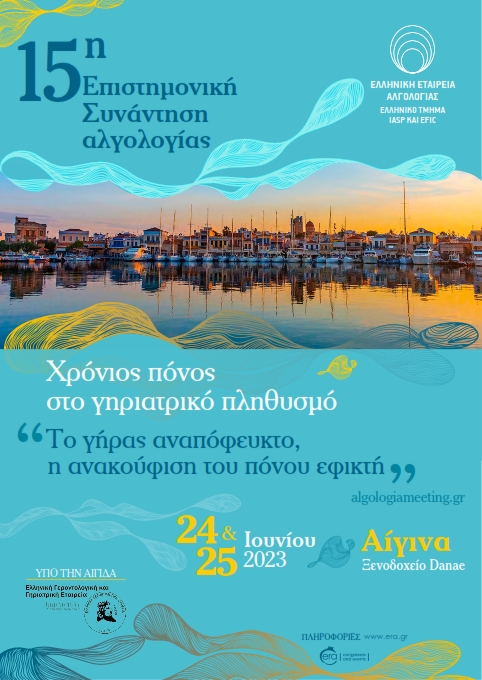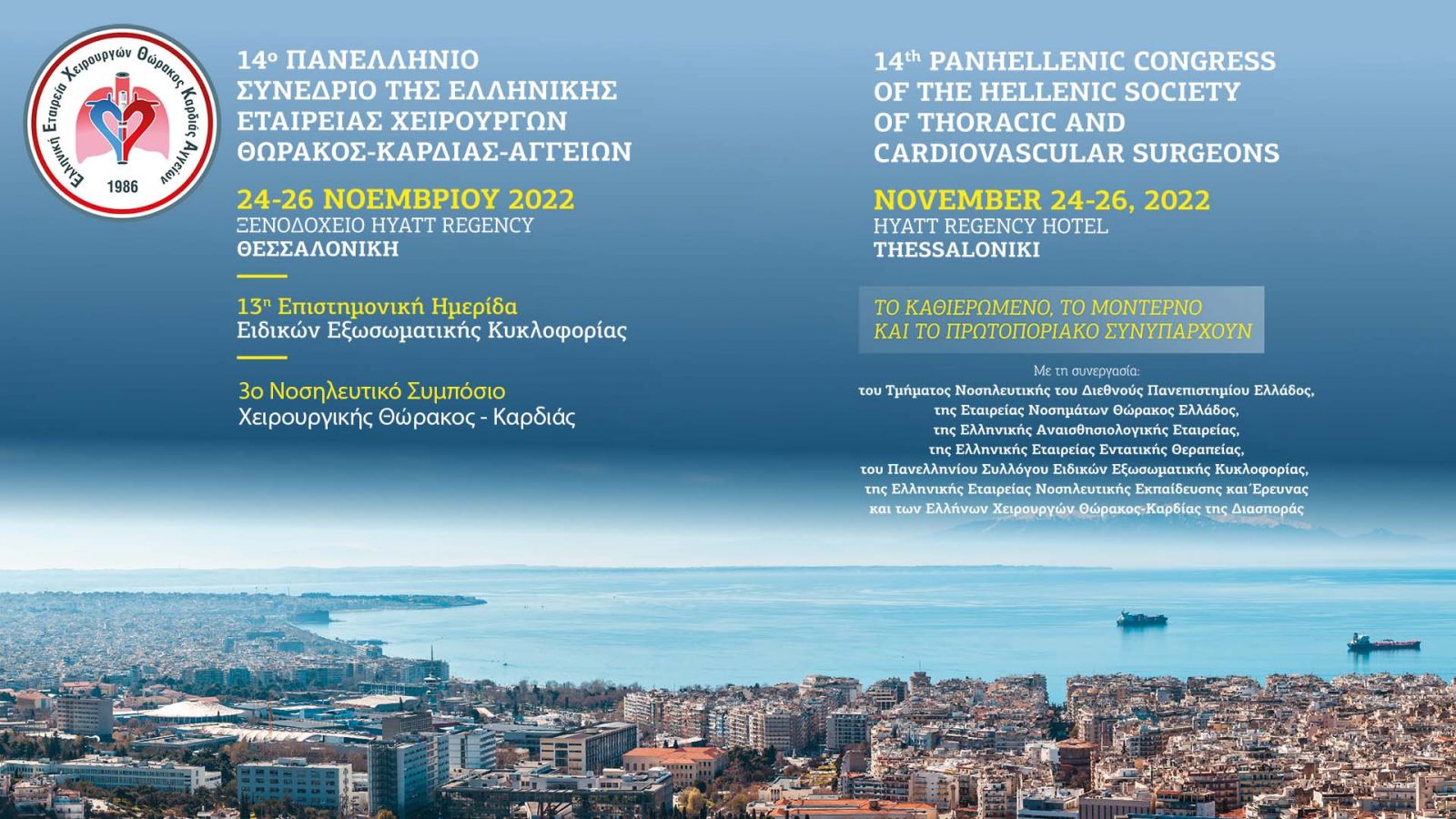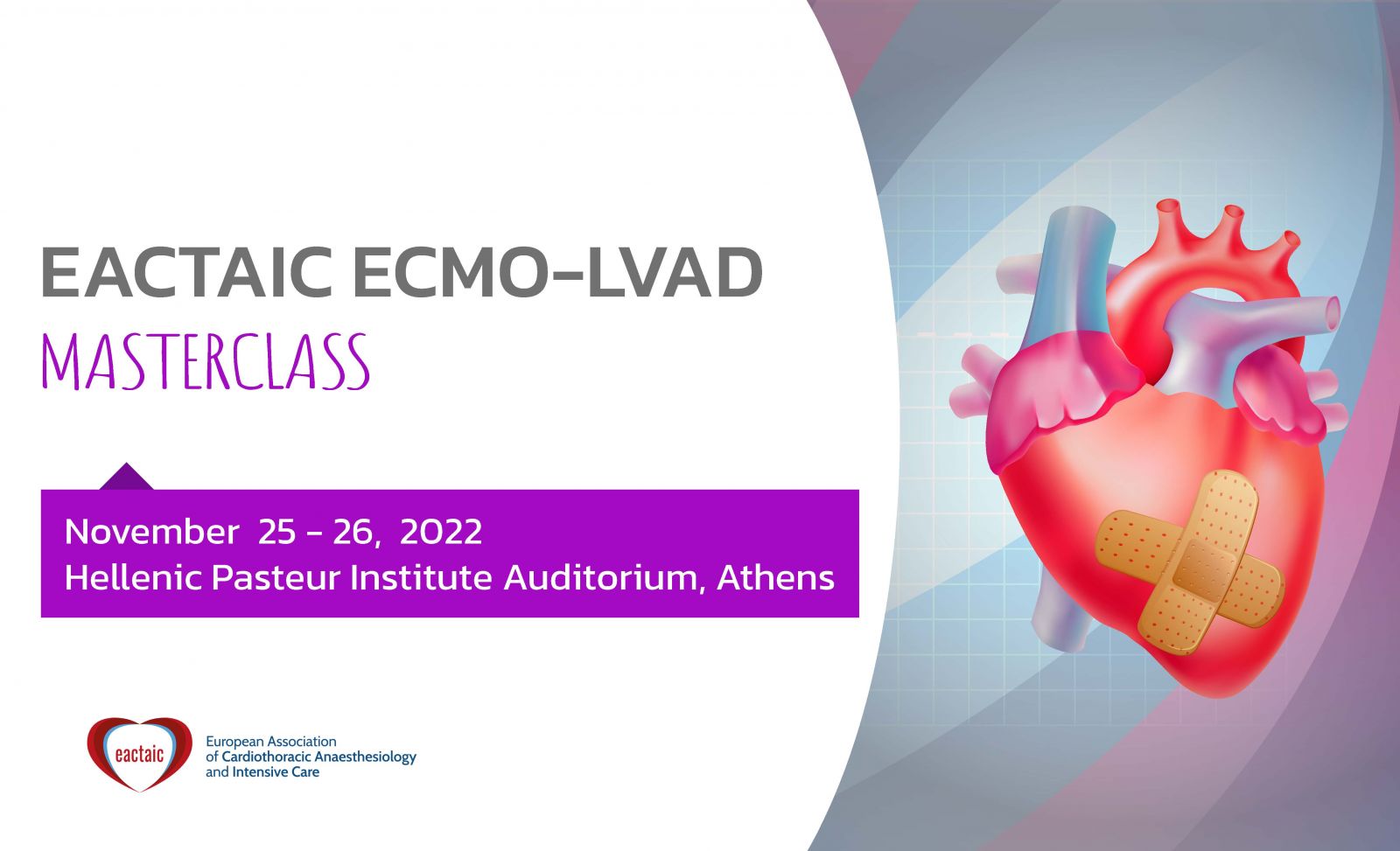19 Μαρτίου 2012
WFSA NEWSLETTER – February 2012
WFSA 2008-2012: A look back over four years
The WFSA works in four-year cycles, each beginning and ending with a World Congress of Anaesthesiologists so this is always a good time to look back and review our activities. The Management Group, the Executive and all of our Committees have been busy and I believe we have accomplished a great deal. I would like to highlight some of the most notable achievements. Complete reports from all the committees will be available on the WFSA website and will provide a great deal more detail but here I just want to focus on some of the highlights of the cycle.
Training Programmes
Besides continuing support for our longstanding anesthesia training programmes, we have introduced some new ones. In Fortaleza, Brazil, we have a programme in regional anesthesia. This is a partnership between CLASA, the Brazilian Society and the WFSA. Led by Dr Danielle Dumaresq, the trainees are exposed to all of the modern techniques in regional anesthesia including ultrasound use. There is a strong didactic programme and lots of hands-on practice and the young anaesthesiologists return home confident in their new skills. So far, we have trained Fellows from Peru (2), Colombia (2) and Cuba (1), with 2 from Mexico arriving shortly.
Pain
We are making major efforts to improve the management of pain so, also in South America, we have another new programme, this time in Pain Management. This training programme, in Buenos Aires, Argentina, is led by Dr Juan Carlos Flores and supported by CLASA, the Buenos Aires and Argentine Societies. The trainees study various modules on-line before spending time in Buenos Aires where they are introduced to multimodal techniques in the management of chronic pain. They are able to keep in touch with the pain centre when they return home. The trainees so far have come from Chile, Honduras, Mexico, Ecuador, Colombia and Peru with others due to arrive from Venezuela, Mexico and Guatemala.
WFSA has also funded a research project in postoperative pain by Dr Diana Finkel from Buenos Aires. She will be assessing, via a questionnaire, the effectiveness of postoperative pain relief in several centres. Then, following an educational intervention with anaesthesiologists, she will re-do the survey in order to assess the effectives of the intervention in changing practice.
We also have a one-year Pain Fellowship in Bangkok which is co-sponsored by IASP. We have taught Fellows from Malaysia, Laos and Mongolia with others from Nepal and Vietnam arriving this year. Currently we are working with IASP to establish a similar programme in South Africa.
Drs Roger Goucke from Australia and Wayne Morriss from New Zealand have developed The Essential Pain Management Course. This is an introduction to basic pain management and is aimed at physicians, nurses and pharmacists. It gives them the tools to understand the nature of pain, why it should be treated and the obstacles to effective treatment. By reviewing the issues in each local environment, it is hoped that a better understanding will be created and pain management planning can become consistent and effective. The course has been supported by the Australia New Zealand College of Anaesthetists (ANZCA) and by the WFSA. It has been trialed successfully in Fiji, Rwanda and Tanzania. Ongoing funding has been committed to this project by the WFSA.
Teaching
Another very successful effort has been our Teach the Teachers (later named ISIA) project, co-sponsored by the European Society of Anaesthesiologists. It began in Eastern Europe with young anaesthesiologists from Serbia, Moldova, Bulgaria, Slovakia and Poland. The second course included trainees from Romania, Slovenia, Hungary, Greece and Macedonia. Now it is in its third iteration with other European countries (Croatia, Malta, Latvia, Georgia, Turkey and Lithuania), and its first course in Russia, with Belarus, Ukraine and Uzbekistan also participating. The course is dedicated to improving teaching in anesthesiology. Not everyone is a natural teacher but the skills can be learned and developed. What is most gratifying to see is that young anaesthesiologists from the early courses are now teaching in the later programmes and also organizing modules in their home countries. Altogether, we will have assisted about 80 young teachers of anaesthesiology to improve their teaching skills.
These courses are much in demand and, thanks to an unrestricted grant from Baxter International Inc and the efforts of the Colombian Society of Anesthesiologists (SCARE), a course for Latin American anaesthesiologists is now underway. It will be a little bit different from the European courses, making more use of advanced computer modules before the participants come together in Bogota to do the final part of the course. These are very exciting developments and it is our intention to bring them to Asia and Africa as soon as that is feasible.
Tutorial of the Week
A very popular programme, organized by the Publications Committee, is the Tutorial of the Week. This is a peer reviewed, educational tutorial on a different topic every week which is available on the WFSA website. For colleagues who have difficulty obtaining textbooks, and for trainees who just want to use on-line learning methods, this provides an excellent, in-depth analysis of a particular topic with pre- and post- assessments. It is accessed on-line by people from all over the world.
WFSA Symposia
One of our most recent developments was the formation of a Scientific Committee. This committee was given several tasks all of which they have accomplished with ease. First of all, WFSA wished to have a higher profile at regional scientific congresses. So the Scientific Committee has organized WFSA Symposia at many meetings such as the ESA and AACA meetings. At others, such as the All African and SAARC meetings, we have organized workshops. All of the content has been topical and the attendance and feedback excellent. The Scientific Committee also reviews educational programmes where WFSA 2 support is requested so that our name and logo are associated only with approved scientific content.
Research Competition
Perhaps the most major achievement of the Scientific Committee has been the development of a research competition for young anaesthesiologists. We have long believed that we needed to support research as the next step in educational development. It can be very difficult for academics in low-income areas to obtain the kind of training they need to be able to develop academic research programmes. With this competition, we have been able to fund three young colleagues from Moldova, China and Russia to study abroad with appropriate experts. They all submitted excellent research projects and will now be able to take them to completion and return home with knowledge and expertise to further develop research in their own departments. WFSA will continue funding this programme in 2012.
Obstetric Anesthesia
We all know that maternal mortality rates in some parts of the world are forbiddingly high and need to be reduced. Lack of access to safe obstetrical anaesthesia plays a major role in maternal mortality. The Obstetric Committee, together with the Obstetric Anaesthesia Association, the International Journal of Obstetric Anaesthesia and Elsevier, supported by a grant from Baxter International Inc, has produced a two CD ROM set of articles, lectures, refresher courses and information for patients. So far about 3000 have been distributed free of charge.
In addition, WFSA has funded courses in obstetric anesthesia where the safe and appropriate management of obstetric patients is taught. This is a new joint venture between the WFSA, AAGBI and the WHO. The first course was piloted in Uganda and was very successful. The next course will be in Bangladesh.
WFSA has signed on to the UN Secretary General's effort to achieve Millennium Development Goals 4 and 5 ie to reduce childhood and maternal mortality. We have had discussions with our sister society in Obstetrics ie FIGO and we hope to be able to develop some joint projects.
Pediatrics
Thanks to a donation from the American Society of Anesthesiologists, Professor Rebecca Jacob's book on Pediatric Anaesthesia has been translated into Spanish and distributed free of charge in Latin America. The book has also been translated into French and distributed without cost in French-speaking Africa. WFSA would like to thank all of those who volunteered to do the translations.
Physician Wellbeing
While always having the health and welfare of the patient at the forefront, it is also important to remember that we need to take care of ourselves. Our Working Group on Physician Health has been conducting surveys and publishing research on matters relating to the wellbeing of anaesthesiologists. WFSA sees this as so important that the Working Group will become a permanent committee. We will look forward to further information and follow-up from them in the future.
Communication
If you have been on-line, you will have noticed our much improved website. We are constantly trying to make it more useful and interactive. Obviously, in order to attract the 3 younger anesthesiologists we will need to improve our activities on the modern social media like Twitter and Facebook. Just watch us!
Instead of publishing our own Newsletter, we have improved communication via regular newsletters distributed through regional sections and member societies and published in their newsletters and on websites. This has kept our members much more up to date with our activities. I must thank all of the editors and webmasters for their cooperation in this effort.
WFSA Management
The WFSA is not the easiest society to organize and manage because of its world-wide scope and the fact that our members live so far from each other. It is difficult to meet face to face. We have worked hard to update our procedures. We use conference calls to keep in touch more frequently than face-to-face meetings allow. We have modernized our approach in meetings, utilizing small group and plenary sessions, to make them much more productive and useful.
We have introduced project based funding for all of our committees so that those which are active and have good ideas can compete for funding. This has improved and supported the quality of all of our activities. We have made great efforts to collaborate with other groups within and outside of anesthesia and this has also enabled us to support more projects and to improve the level of our educational efforts. We are immensely grateful to all of those who have worked with us over the past four years.
The Management Team has spent some time going through a strategic review process and we will be working on that with the Executive Committee at the meetings in Buenos Aires. We will come up with a blueprint that will take the Federation through the next four years.
Lifebox
I have left Lifebox until last because there is no doubt that this is the largest project we have ever undertaken and one of the most successful. It grew and developed from the pilot project of the Safety and Quality Committee begun in 2004 in Paris. With the persuasive efforts of Alan Merry, Iain Wilson and others to include pulse oximetry as an essential part of the WHO Surgical Safety Checklist, the die was cast. All anesthesia providers had to have access to an oximeter. The question then was, how could that be achieved? With the coming together of WHO, Dr Atul Gawande of Harvard, the WFSA, the AAGBI and many many other people, the dream is slowly becoming a reality. Lifebox, the charity, is the result of massive efforts to produce and distribute a suitable, low cost oximeter to those in need. An educational package has been developed to go with it and, thanks to our many partners and national society members, training and education are being provided where necessary. We have a long way to go before the 80,000 operating rooms in need are equipped with oximeters but the response to the project has been overwhelming. Anaesthesiologists all over the world have taken this to their hearts and are working hard to make easier the lives of their colleagues in low income countries and to improve patient safety wherever anesthesia is administered.
Conclusion
So, in summary, it has been a busy and productive four years. I believe we have accomplished a great deal. We have become more efficient and effective than ever before. We are partners with many different organizations in education, research and patient safety. I would like to thank all of those who have contributed to our efforts. There are too many to name individually but the list includes not just anaesthesiologists but all of those who work with us, and for us, in any capacity. We are immensely grateful for your efforts. WFSA has been recognized as the organization which speaks for anaesthesiologists all over the world. The next four years should bring even more challenges but I have absolutely no doubt that the WFSA will be able to rise to all of them.
Angela Enright
President 2008-2012






















